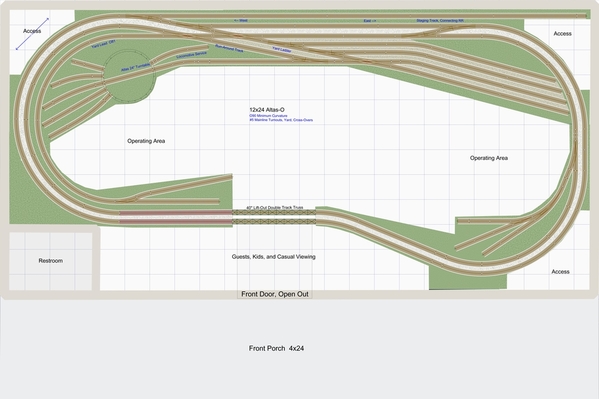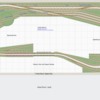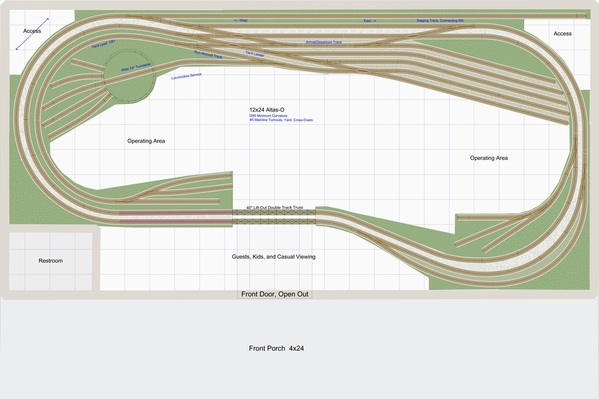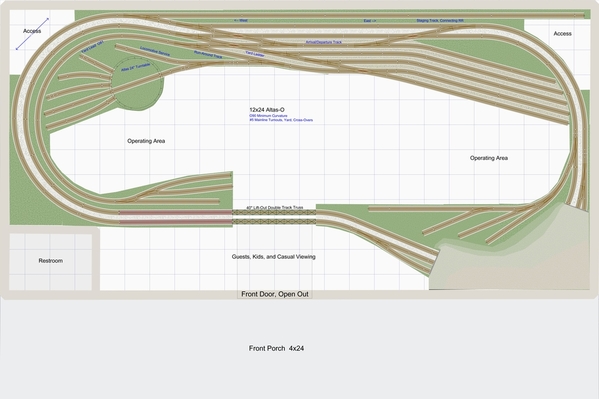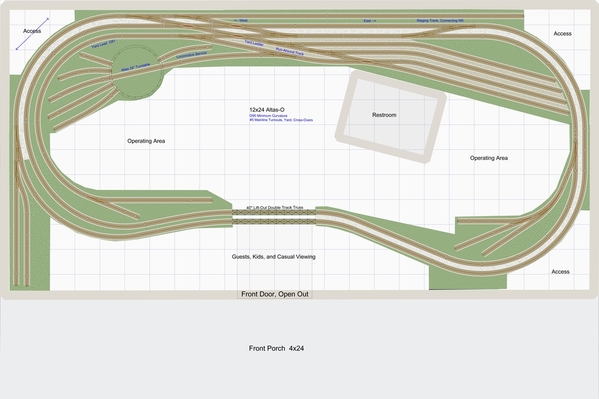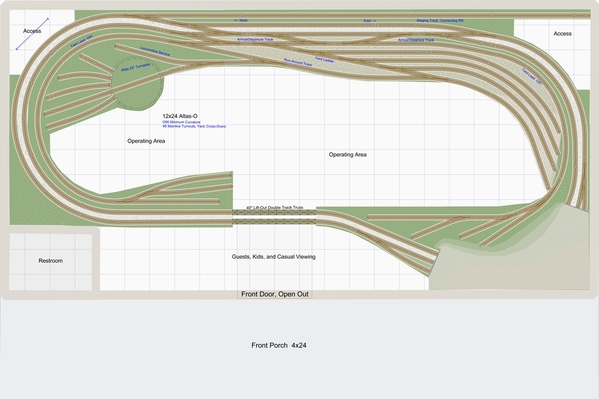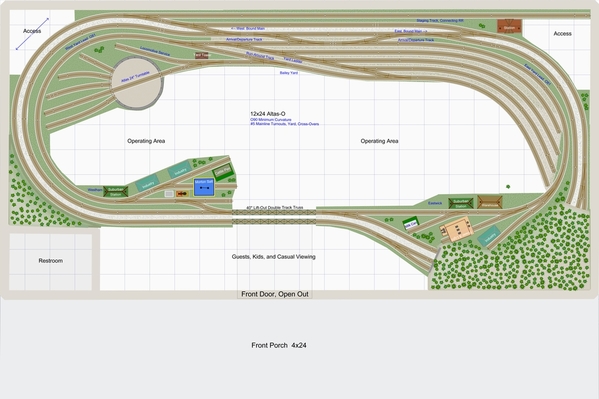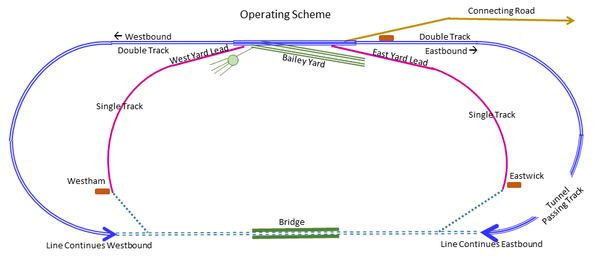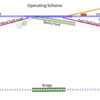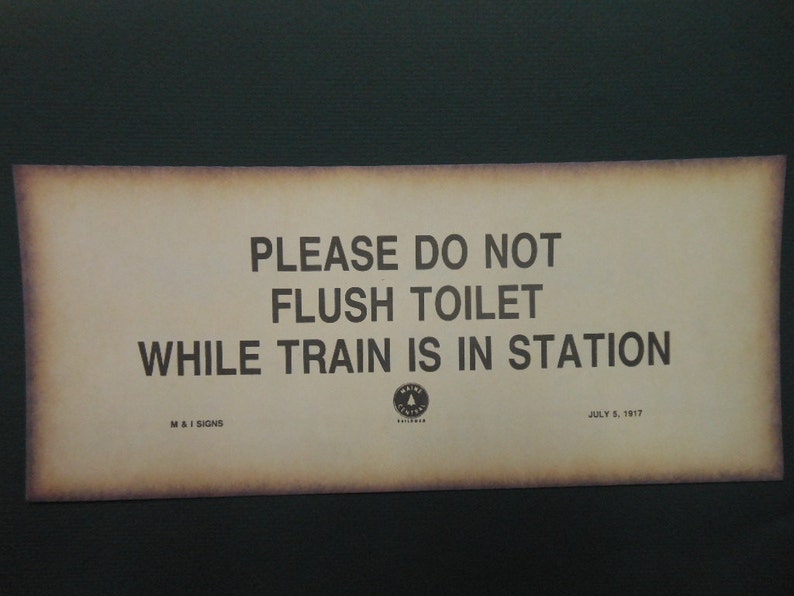Switching the yard ladder fouls the inside main. Agreed. I have gotten used to designing small layouts where compromises have to happen. If two operators, then one can switch the yard while the other runs the outside main. But even better if I could have three operators, one on each main and one switching the yard. Or for solo operating, two trains circling unattended while one switches the yard.
I will look for a re-alignment that avoids this problem.




